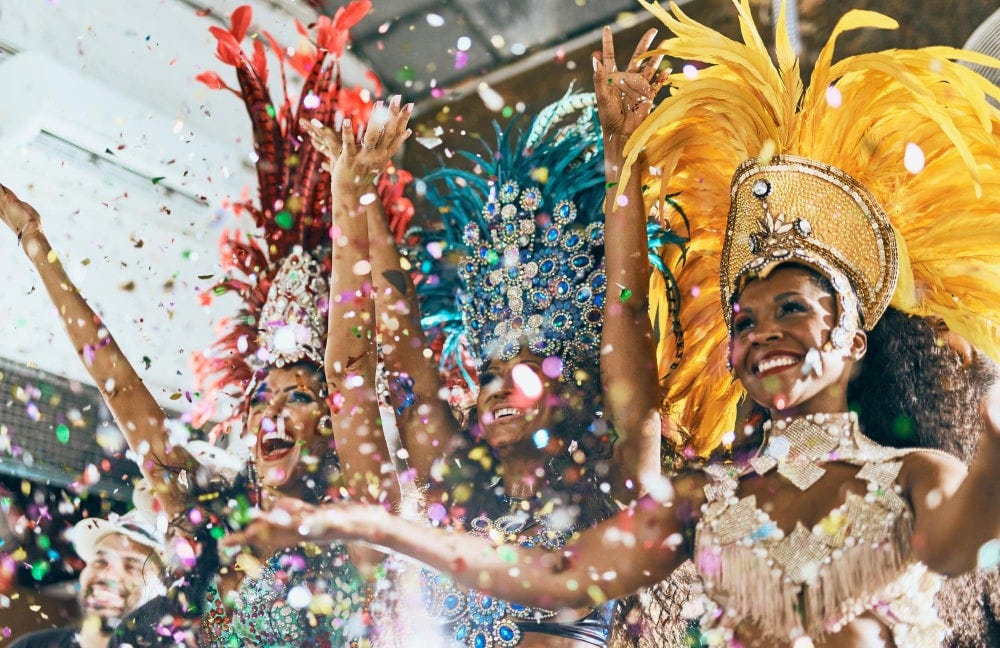providencemarianwood.org – Cultural festivities are the vibrant tapestry that weaves together the diverse threads of human tradition, history, and identity. These celebrations, often deeply rooted in the heritage of a community or nation, are expressions of joy, gratitude, and reverence for the past, present, and future. They are a testament to the human spirit’s capacity for creativity, resilience, and unity in diversity. From the bustling streets of New York during St. Patrick’s Day to the serene waters of the Ganges during Diwali, cultural festivities are a global phenomenon that transcends borders, languages, and religions.
The Significance of Cultural Festivities
Cultural festivities serve multiple purposes. They are a means of preserving and transmitting cultural heritage from one generation to the next. Through music, dance, food, and rituals, these celebrations encapsulate the essence of a community’s history and values. They also play a crucial role in fostering social cohesion and solidarity. By bringing people together in shared experiences of joy and reflection, cultural festivities strengthen the bonds within a community and between different communities.
Moreover, cultural festivities are an economic boon for many regions. They attract tourists from around the world, contributing to local economies through accommodation, dining, shopping, and entertainment. This not only supports local businesses but also promotes cultural exchange and understanding on a global scale.
Exploring the World’s Celebrations
The world is home to a myriad of cultural festivities, each unique in its customs and significance. Here are a few examples that showcase the diversity and richness of these celebrations:
- Carnival in Brazil
The Brazilian Carnival is a riot of color, music, and dance that takes place before the beginning of Lent. It is the largest carnival in the world, with millions of participants and spectators. The celebration is a blend of indigenous, African, and European influences, featuring elaborate costumes, floats, and samba schools parading through the streets. - Diwali in India
Known as the Festival of Lights, Diwali is one of the most significant festivals in India. It symbolizes the victory of light over darkness, good over evil, and knowledge over ignorance. Homes are decorated with lamps, fireworks light up the sky, and sweets are shared among families and friends. Diwali also marks the beginning of the Hindu New Year, bringing hopes of prosperity and happiness. - Oktoberfest in Germany
Originating in Munich in 1810, Oktoberfest has grown into a world-renowned celebration of Bavarian culture. It is known for its beer gardens, where people gather to enjoy traditional German beer and food. The festival also features carnival rides, games, and live music, making it a lively affair that attracts millions of visitors each year. - Chinese New Year
Celebrated by Chinese communities worldwide, Chinese New Year, or Spring Festival, marks the beginning of the lunar new year. It is a time for family reunions, feasting, and giving red envelopes filled with money for good luck. The festival is characterized by dragon and lion dances, fireworks, and parades, symbolizing the end of winter and the promise of a new beginning. - Mardi Gras in New Orleans
Mardi Gras, or Fat Tuesday, is a festival that precedes the Lenten season in New Orleans. It is famous for its elaborate parades, balls, and street parties. Each parade is organized by a “krewe,” which designs floats and costumes around a specific theme. Mardi Gras is a celebration of indulgence before the fasting and penitence of Lent.
Conclusion
Cultural festivities are more than just celebrations; they are living expressions of our collective human heritage. They remind us of our shared humanity and the beauty of diversity. By participating in and appreciating these celebrations, we can foster a greater sense of empathy, respect, and unity in our increasingly interconnected world. Whether through the vibrant colors of Holi in India, the solemn processions of Semana Santa in Spain, or the joyous sounds of jazz during New Orleans’ Mardi Gras, cultural festivities invite us to explore, learn, and celebrate the rich tapestry of human culture.
